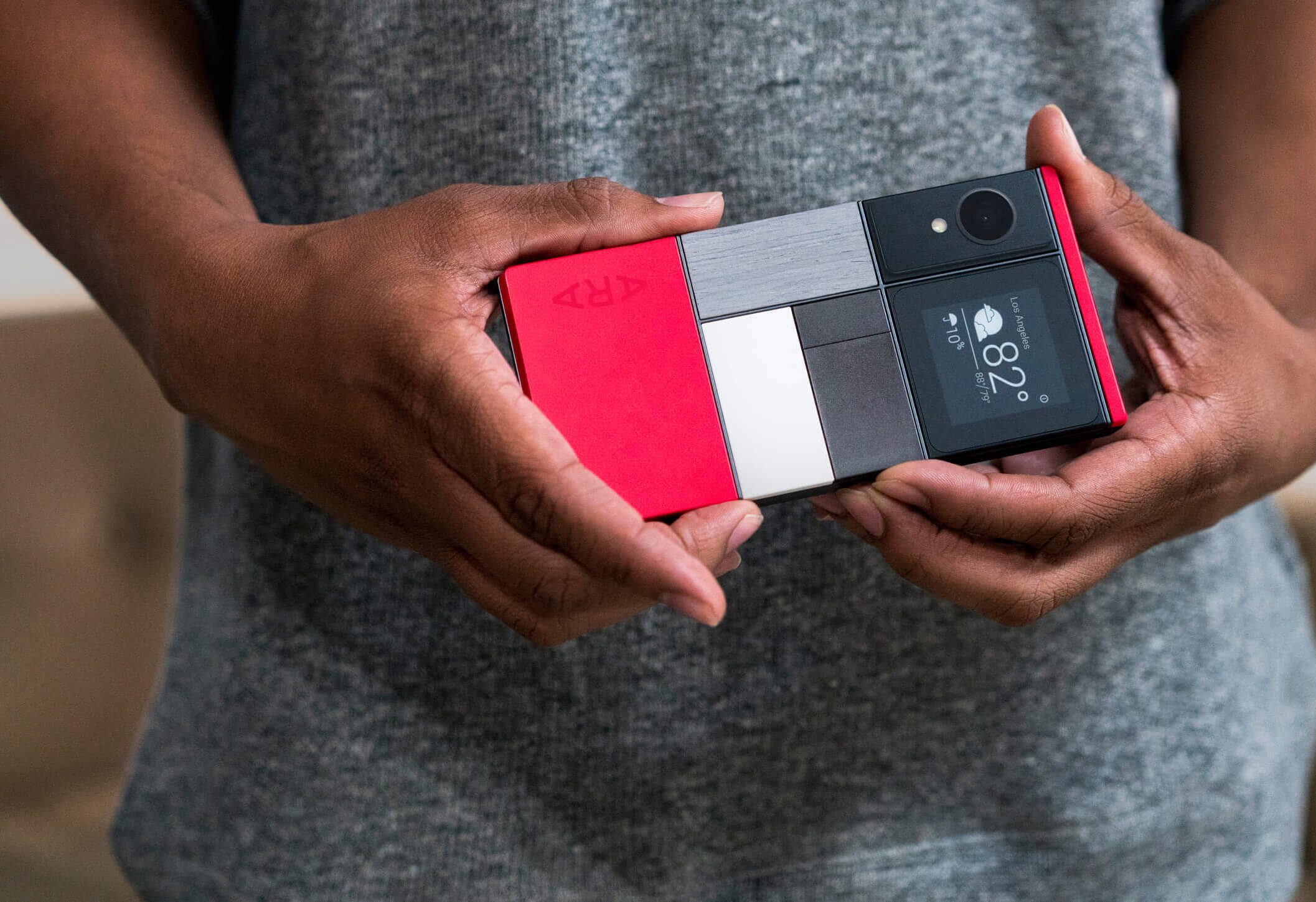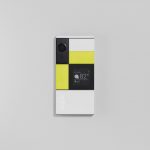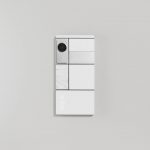After months of (concerning) silence, Google ATAP is finally ready to break their silence on Project Ara — Google’s modular smartphone project. By now, we all know the spiel: Project Ara allows you to swap out pieces of your phone, giving the device additional functionality like bigger speakers, extra battery, or a different camera. It’s a techie’s wet dream and not only is Project Ara alive and well, we’re now closer than ever to an actual release.
According to Google — who finally gave us an update on the project during their ATAP session at I/O — a developer edition is scheduled to ship this fall, with a consumer version expected sometime in 2017. With that out of the way, let’s take another look at how Ara has changed since we last got a look at it. It’s no longer quite as modular as we had first hoped.
The frame itself now integrates all of the traditional smartphone components: a 5.3-inch display, processor, RAM, storage, antennas and sensors — it’s a fully functional high-end smartphone right out of the box . Google really wants Ara to become mainstream and if it even has a snowball’s chance in hell, consumers need not worry about buying modules that break compatibility with apps or other software. This keeps things relatively standardized and trouble free.
Ara’s expansion takes place on the 6 available slots on the back. So far, early development partners include Panasonic, TDK, iHealth, E Ink, Toshiba, Sony, and Samsung who are already working on building their own modules — everything from cameras to displays — for the upcoming phone, but these will need to be purchased separately.
Removing modules also requires a little more work then simply yanking it out. This requires going into the settings to eject it first, or by speaking the command “OK Google, eject the camera” (something Google showed off onstage to roaring applause). With the modules controlled via software, a special button on the side of the phone can be press to quickly pull up a menu showing all the modules you have connected.
With a bigger focus on “fun,” Ara will also allow feature “style” modules, these are cosmetic add-ons that don’t really do anything but change the look of the phone. Of course, there’s still much more potential for the phone outside of the basic features listed here, improved speakers, fitness trackers, projectors, or just simple kickstands are all within the realm of possibility for Ara. For a length, but good read on Ara, check out Wired‘s exclusive first look at the new and improved Ara for more. If you’re a developer looking to develop for Ara, head on over to the signup page here.
[Project Ara | via Wired]



















Comments